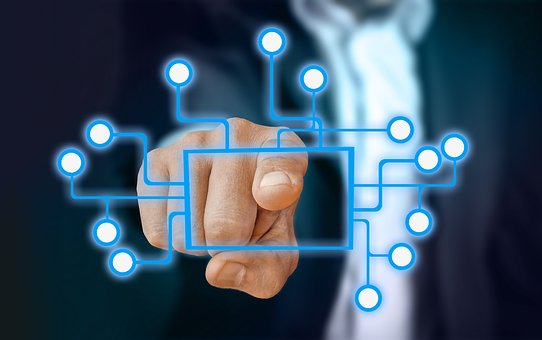Contact center-based provisioning and troubleshooting are two of the most cumbersome tasks for telco network managers. They require access to multiple systems and are huge time traps for vendors and customers. If you’ve ever been on a call with a telco and the technician has said, “Sorry, my computer is running slow today,” then you know what I mean.
In the broadband business, the use of human-triggered, software robots to provision and troubleshoot network devices will save time and effort for every customer interaction that includes a purchase or service request. When provisioning an endpoint or service, the contact center technician needs to work with systems that offer information regarding the customer’s credit worthiness, feature entitlement, configuration, billing, and possibly case management. Further, for troubleshooting a customer’s issues, contact center technicians may also have to access network components, endpoints, network management systems, and possibly outage management systems. If you’re counting, that may be as many as eight different information/configuration interfaces -- that’s typical of telco-based contact centers.
Telco network operators using robotic process automation (RPA) for the automation of customer on-boarding (credit checks, case creation, entitlement analysis, and provisioning) can save between two and five minutes per interaction. The time-savings can be found in the robotic automation of:
- Credit Checks -- The credit check process typically requires the input of one to three data elements and then a request for the credit information. A software robot, triggered by a contact center agent, can harvest relevant customer information from a system of record and use it to request a credit score from a Web-based service. The robot can then capture the credit score, run logic to determine the credit worthiness, and inform the agent of the result while writing a note about the event in one or multiple systems. Estimated savings: 20 to 40 seconds per event
- Access to Feature Entitlement Information -- A software robot uses billing-plan data it captures from a billing system to access a display of the features available for the selected plan. The company can use this information to support up-selling or during troubleshooting calls for feature-entitlement verification. Estimated savings: 15 to 25 seconds per event
- Provisioning -- Tapping into multiple billing systems, a software robot can use feature entitlements data for triple-play customers to configure and enable purchased features and services. Further, the robot can test the features to make sure they work. Estimated savings: 90 to 420 seconds per event
- Case Creation -- A software robot handles case creation with a copy/paste function from multiple interfaces. Because the robot can access more information than a human can reasonably contemplate, it can more accurately categorize and assign a case. This automation is especially useful for trouble calls. Estimated savings: 90 to 240 seconds per event
Telco operators using RPA for the automation of trouble calls (network analysis, device analysis, entitlement analysis) can save between two and five minutes per interaction. This time-savings is achievable when robotically automating the interrogation of outage management systems, network management systems, endpoints, and network components typically performed at the beginning of trouble calls. The technician can trigger the robot as needed.
- These automations would include the systematic capture of information about the customer from relevant systems of record to negotiate with relevant outage and network management systems, switches, routers, and other devices. The robot can then summarize the troubleshooting results for the technician, as well as offer other automation tools based on what it has found. Further, with machine learning, these robots will learn the remediation processes that the technician performs and, over time, begin to automate the fix processes. Estimated savings: 150 to 300 seconds per event
Indeed, an additional benefit of all of these automations is that the robot can feed data and metadata about each transaction to a machine learning platform. Uniquely, these robots can collect and blend data from information and communications systems for this purpose. This will allow network managers to identify previously unknown defects in their call-handling processes, networks, billing and provisioning systems that cause customers to request assistance.
Software robots are optimized to perform repetitive tasks. It doesn’t matter if the repetitive task supports provisioning, upgrades, or troubleshooting in the telco or enterprise network business. Customers and network managers will benefit from the use of software robots in different ways.
Human invocation of these robots during customer interactions is particularly effective at reducing technician and customer effort, and we’re seeing rapid improvement in first call resolution. This is primarily the result of the contact center technician’s ability to focus more attention on the customer and not on navigating screens. Software robots reduce the cost of running a contact center and collaterally improves the quality of human engagement. Finally, they improve customer loyalty by reducing customer effort.









